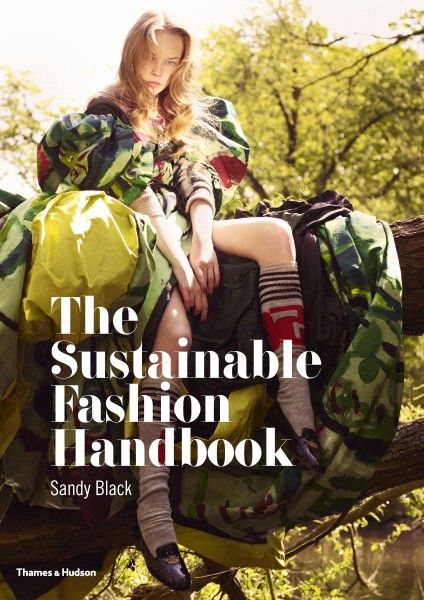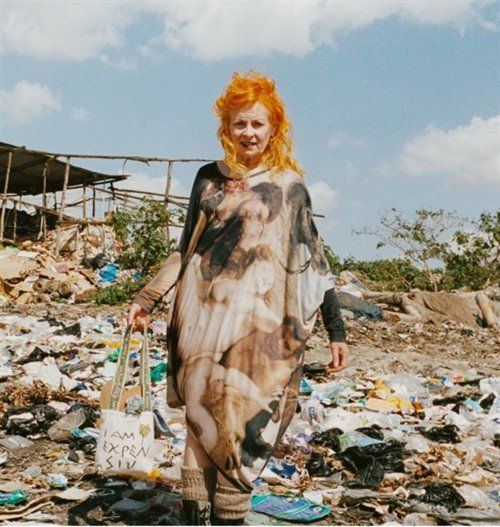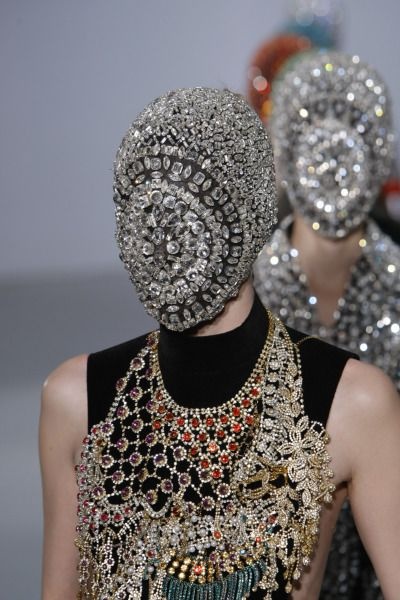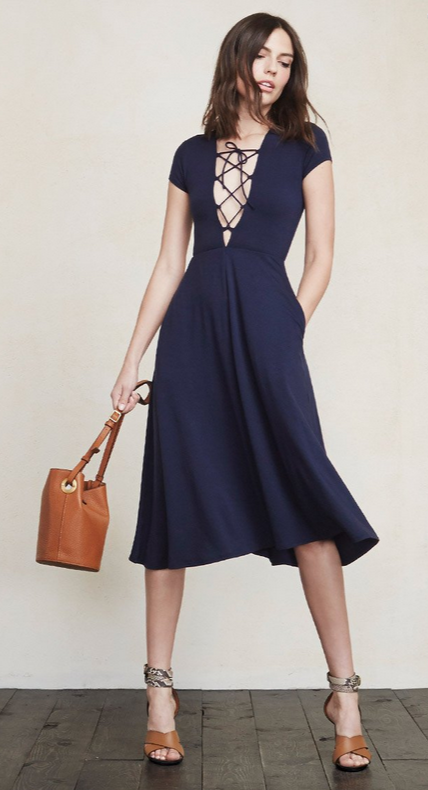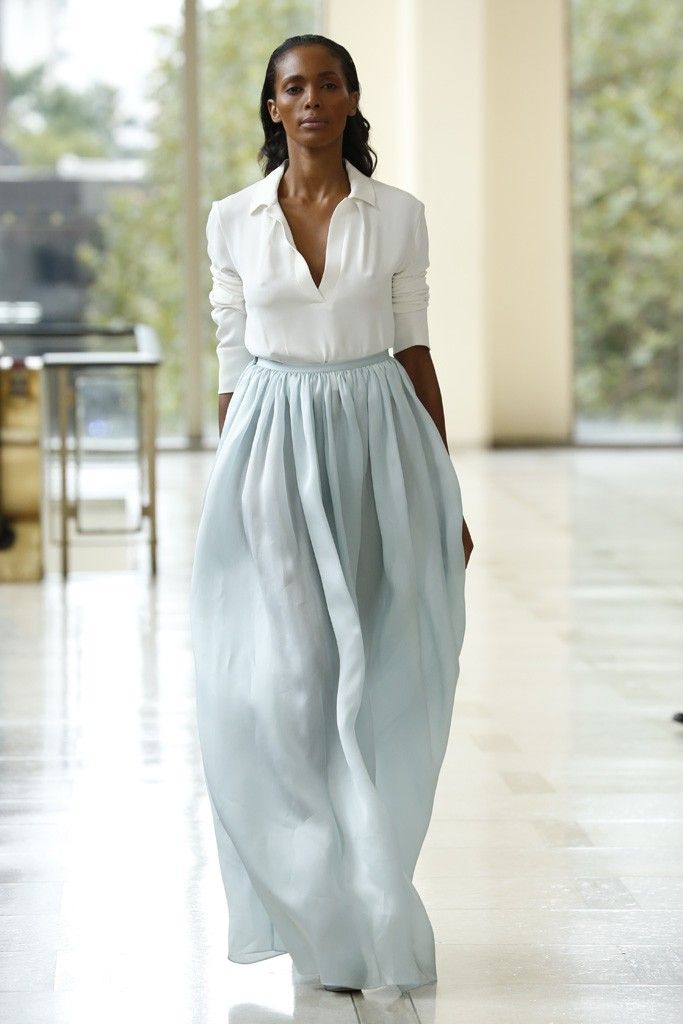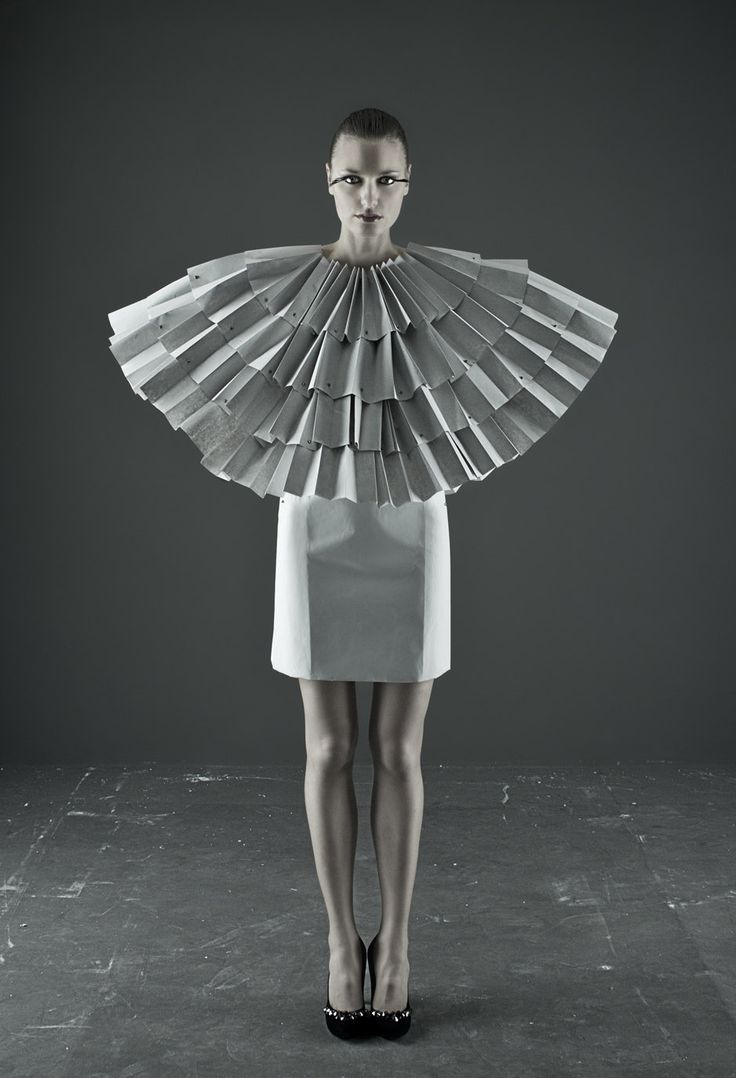Before indulging in the story that seems occupying the mouths of everyone in fashion 'trends to toss and those to adopt', I couldn't stop but thinking, do we even follow trends?
#theItalianway has a series of rules, it doesn’t matter the order, but there’s one snob little one that says: “we don’t follow trends, we set them.” And yes you may roll the eye and activate brow game, because it may sound ‘toff’, to say it with the Brits. Gotta warn you right now, I am upping the ante with the game and go #girlboss on you when it’s time to do the Italian style right.
As a rule of thumb, better known as the 1937's Laver's Law, a trend is daring before it becomes smart after which it becomes ridiculous and before it becomes daring again, fifty year should pass by. With social media the 50-year span becomes an overnight, all the rules are broken and welcome to the selfie generation.
“Don’t be into trends, don’t make fashion own you, but you decide what you are, what you want to express by the way you dress and the way you live”
All you got to do in true Italian style, no matter what, is stay daring also known as foolish if you want to say it with the late Steve Job. Foresee them, sniff them, embrace them, dare to adopt them while nobody does because too busy to follow the Instagram posts of the ‘social influencers’ or buying what fast fashion dinosaurs copied from runway novelty. That’s your best slow fashion moment.
You know what’s the next question I get all the time? ‘Are we not going to buy anything?’
There’s no reason to think that slow fashion is boring, ugly, looking old and smelling like moth balls. The first breath of Italian attitude you may need to take in is a tweak that switches from a compulsive buying mind into a mindful and conscious one.
Remember step n.7 of The Cheat Sheet of Italian Style reads
But first shop your closet
This happens after you have done an assessment, realized what’s YES and NO and adjusted your wardrobe to a) your lifestyle b) in an Italian way c) got the hang of it.
“Buy less, choose well, make it last.”
There's one movement that we will be focusing on this year and it's called slow fashion
In this need to label everything, slow fashion is NOT a trend, is NOT about trends, but it's about:
- sustainable and traceable sources
- eco-friendly fabrics
- non toxic dyes
- transparency
- fair labor and safe working conditions
- employing of women and minorities
- quality and made to last
- craftmanship and traditional techniques
- hand-made
- made in developed countries
- reduction of CO or carbon footprint and general impact on the environment
- connecting with the consumer
- ideally donating to a charity
- buying consciously and less, no mindless consumption
- based on craftsmanship or tecniques passed from generation to generation
- made of superlative materials
- upcycled, recycled or downcycled
What is it NOT about?
- not knowing where the materials are made
- short life expectancy of a single piece
- incrementation of pollution
- child or women labor
- 'shadow' factories
- violating intellectual properties
- disposable products
- meant to be cheap
When connecting all the dots above you realize that Made in Italy and the Italian way of dressing are conceptually it.
In other words, the appeal of whatever has been seen on the runway and the rush of wanting to wear it now instead of waiting 6 months and then anyways who can afford it and I don't really care who made it and if 10 trees have been cut down to make it?
No, thank you. And sorry if this is not appealing to you or worst, if you think that sustainable, ethical are synonym with ugly. With any form of craftmanship, there are cycles and the cycles of fashion are like nature to be respected, like you can't have March in December.
Now, I'd like to know: are you with me?
We'll work on a garment's #30wears and we'll try to figure out #whomademyclothes. There's a series of documentaries that will help us get acquainted to a slow time life wearing slow fashion.

